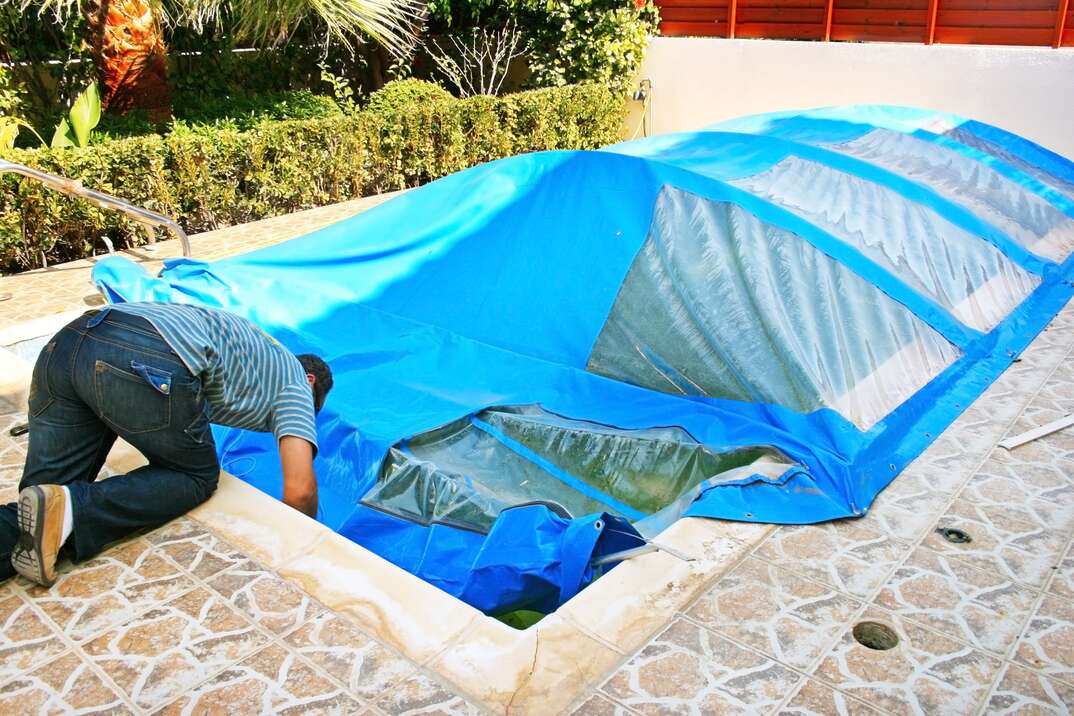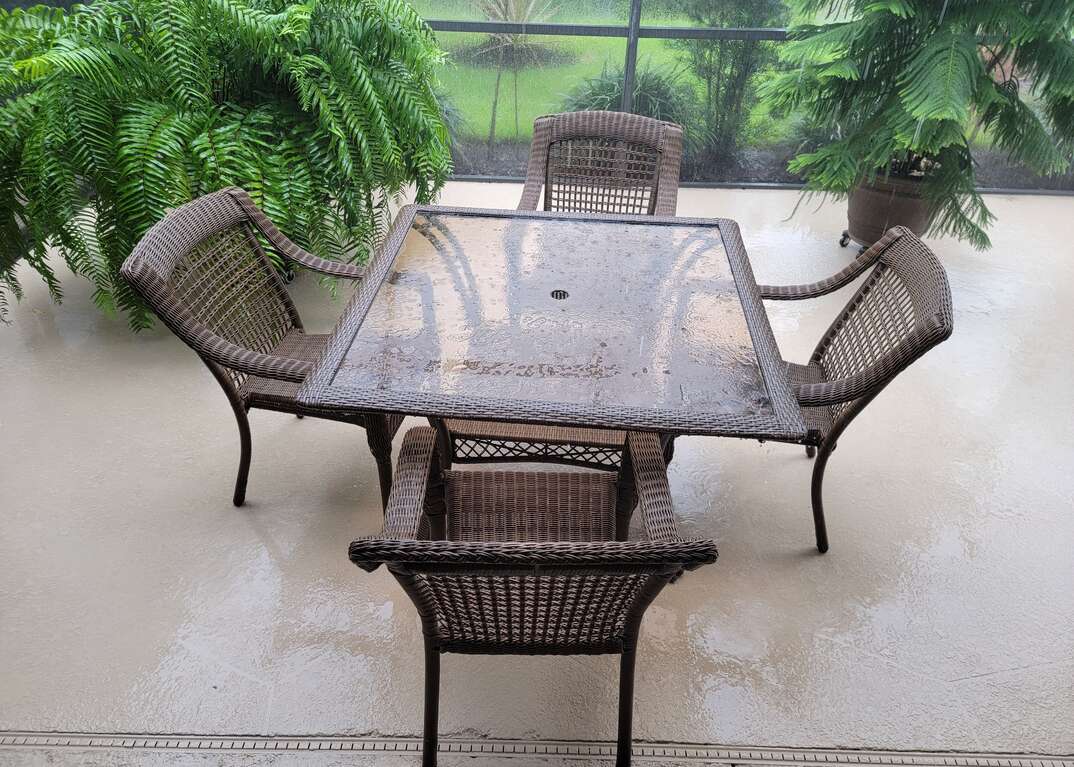How to Install or Replace a Basement Window Well

A basement window well is a plastic or steel structure that surrounds the outside of a basement window, ventilating the space and allowing natural light to enter, all while keeping damaging moisture out.
This May Also Interest You: 6 Ways to Make Your Window Wells Look Great From the Inside or Outside
While it may sound challenging, installing or replacing a window well can be a DIY project for the right homeowner. You could easily tackle a window well installation in an afternoon, even if you have minimal tools and experience.
Before You Begin
Installing a window well requires digging a hole around your home’s foundation, which risks the possibility of damaging any water, electrical, sewer, septic and gas lines in the area. So before you start digging, call 811 to have a representative from your local utility companies come out to mark any underground utilities that are nearby.
Next, determine the dimensions of the window well you need to purchase. The window well’s width should be at least 6 inches wider than the window. The well’s height should allow it to rest at least 8 inches below the bottom of the basement window, and the top edge of the well should extend at least 3 inches above the surrounding soil once it’s installed.
With the required dimensions in hand, all that’s left is to purchase a well. Window wells are available in heavy-duty plastic and steel. Heavy-duty plastic wells are the most durable and will last 15-plus years, but they tend to be the most expensive. Steel wells are the most affordable, but they may need to be replaced after just five years. In addition, heavy-duty plastic wells are available in a wider range of colors and styles to satisfy more aesthetic preferences, as opposed to single-colored steel wells that some may consider an eyesore. Purchase a window well that best suits your needs and budget.
How to Install a Window Well
Things You’ll Need
- Window well
- Marking paint or stakes and string lines
- Shovel
- Post hole digger or auger
- 4- or 5-inch perforated drainpipe
- Hacksaw
- Gravel
- Hammer drill
- Masonry drill bit
- Impact driver and masonry screws or hammer-set masonry anchors and hammer
- Exterior-grade caulking and caulking gun (optional)
- Landscape fabric (optional)
- Window well cover (optional)
Step 1: Dig the Hole for the Window Well
Measure the length and width of your window well and add about 6 inches to each side for added maneuverability when you go to place the well into the hole later on. Transfer those dimensions onto the ground where you’ll be digging the window well’s hole using marking paint or stakes and string lines.
Once you have marked out where you want to dig, use a shovel to dig out the outlined area. Continue digging until the hole is deep enough to allow the window well to rest at least 8 inches below the bottom of the basement windowsill, and its top edge will be 3 inches above the ground once installed.
When finished excavating, level out the bottom of the hole with your shovel and remove any obstructions like large rocks.
Step 2: Install the Drain
Installing a drain inside the hole for the window well will prevent water from pooling. In the center of the hole, use an auger or post-hole digger to dig a hole that‘s 6 to 8 inches in diameter. Dig until you reach the gravel under the home’s foundation. If using an auger, remove the auger and inspect the hole after you’ve dug down about 1 foot. Continue digging and inspecting in 1-foot increments until you reach gravel.
Measure the depth of the hole and cut a piece of 4- or 5-inch perforated drainage pipe to length with a hacksaw. Set the pipe in the center of the drain hole, and place a drain cap on top of the pipe to keep dirt or debris from entering. Finally, fill in the space between the hole and the pipe with gravel.
Step 3: Set the Window Well Into the Hole
Set the window well into the hole and place its side flanges against your foundation wall. Verify that each of the flanges is an even distance away from the basement window and that they’re at least 3 inches from each side of the window.
Place a spirit level on top of the well and adjust it until it’s level. This is easiest to do by adding or removing soil from underneath the well as necessary.
This is easiest to do by packing dirt underneath low spots on the well. If there are any low spots underneath, pack them with dirt so that all four corners sit evenly on solid ground.
Step 4: Secure the Window Well
Window wells have pre-drilled holes on their outside flanges that are used to anchor the well to your foundation wall. With the flanges pressed up tightly against the foundation, transfer the location of each hole onto the foundation wall with a marker. After all the holes are marked on each side of the well, use a hammer drill to drill pilot holes into the foundation. Refer to the manufacturer’s instructions as to what type of masonry anchor they recommend, which may either be masonry hammer-set anchors or masonry screws. For masonry anchors, use a drill bit that’s slightly larger in diameter than the anchor, and a drill bit that’s slightly smaller for screws.
If using anchors, insert them into the pilot holes and drive the exposed nail head with a hammer. For screws, install the appropriate bit onto an impact driver and drive the screws into the pilot holes.
Step 5: Seal the Window Well (Optional)
Although an optional step, sealing around the outside edge of the window well can prevent moisture penetration into the well. To do so, use a caulking gun to apply a bead of exterior-grade caulk down the entire length of each flange, where its outside edge meets the foundation wall. Allow the caulk to dry fully before continuing.
Step 6: Fill With Gravel
Pour a 2- to 3-inch layer of gravel into the bottom of the window well to prevent water from pooling inside the well. Spread the gravel evenly throughout the bottom of the hole, then pack the gravel down with the back of your shovel. For added protection against dirt mixing with your gravel over time, you can put a layer of landscaping fabric on top of the gravel.
Step 7: Backfill With Dirt
Use the dirt you originally dug up when excavating the hole to fill in the outside perimeter of the window well. Pour about 1 foot of dirt along the outside of the well and press it down with your foot, the back of your shovel, or a tamper to compact it. Continue alternating between adding 1 foot of soil and tamping it down so that there are no air pockets or gaps in between layers. Continue until the window well is backfilled to the level of the surrounding dirt, being sure to leave the top 2 to 3 inches of the well’s top edge exposed.
Step 8: Install a Cover (Optional)
A window well cover keeps water or debris from entering the well, and people or animals from accidentally falling in. There are many types of covers available — including mesh, polycarbonate and metal — each with its own pros and cons. Choose one that fits the top opening of the window well, along with your needs and budget.
To install the cover, simply place it over the top of the well. If you want to permanently install it, secure it to the foundation wall with masonry anchors or screws. If not, it’s a good idea to weigh it down with a stone, piece of plywood or similar material to keep it from blowing away.
More Related Articles:
- How Much Does It Cost to Install or Replace a Basement Window Well?
- Make Sure Your Window Wells Are Well Maintained With This Checklist
- How to Replace Your Windows
- How to Measure for Replacement Windows
- Save Yourself Some Pane With Our DIY Window Repair Guide
How to Replace a Window Well
Things You’ll Need
- Utility knife (if necessary)
- Electric drill, angle grinder or ratchet and socket set
- Tools and materials listed in the section above
Step 1: Dig Around the Window Well
Use a shovel to excavate a 6-inch wide area around the entire window well until you reach the bottom. Ensure that the flanges on each side of the window well are fully exposed.
Step 2: Remove the Old Window Well
If there is any caulking or sealant around the flange, you’ll need to cut through it with a utility knife. Next, remove all the screws or anchors holding the window well to the foundation wall on each side of the flange. Depending on the fasteners used, this may either involve an electric drill or impact driver to remove screws, or an angle grinder to cut off hammer-set anchors.
Once the fasteners are removed, pry the flanges off the foundation wall with a pry bar. Remove the old window well from the hole.
Step 3: Purchase a Replacement Window Well
Measure the width, height and depth of the old window well and purchase a replacement with matching dimensions.
Step 4: Install the New Window Well
With the old window well removed, follow steps 3 through 8 in the section above to install the new window well. If your old window well didn’t have a drain, start at the second step to install one.


